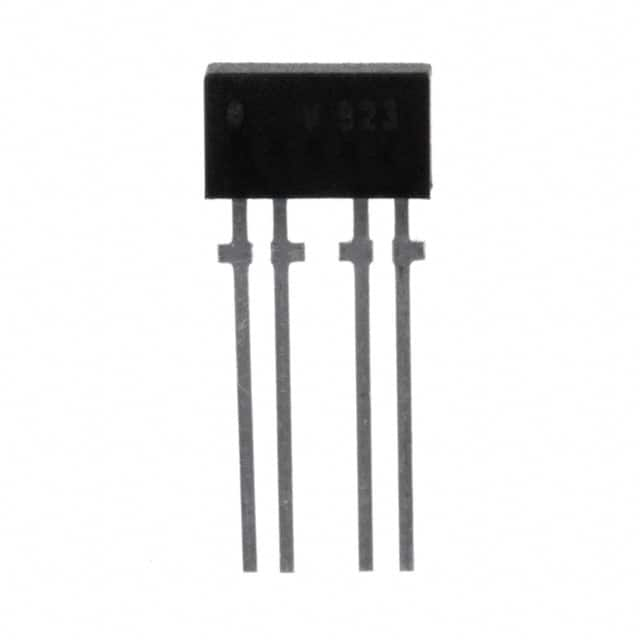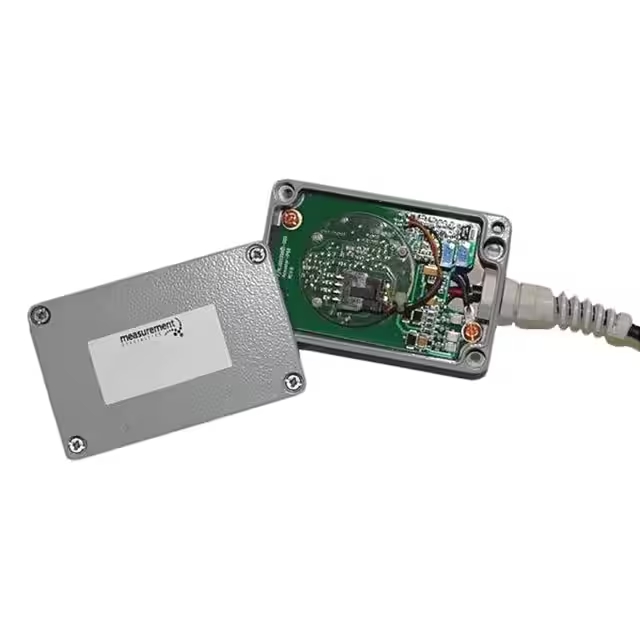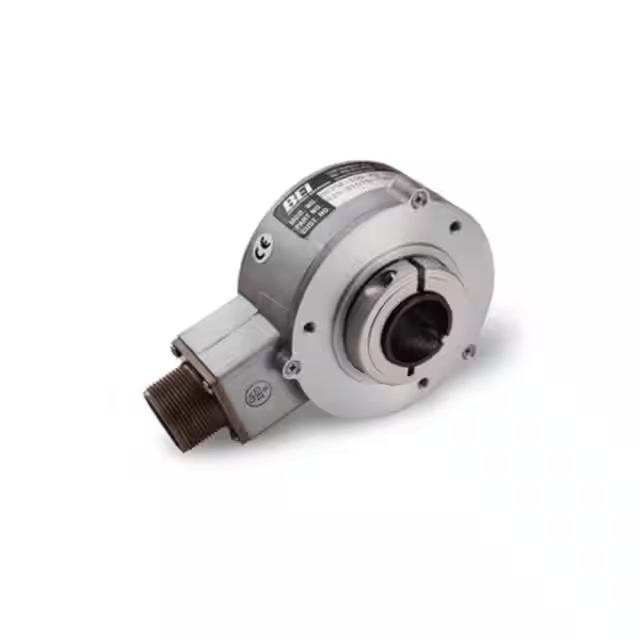TCRT1000 circuit & datasheet | sensor
- Brands: Vishay Semiconductor Opto Division
- Download: TCRT1000 Datasheet PDF
- Price: inquiry
- In Stock: 40,591
- Sensing Method: Reflective
- Output Type: Phototransistor
- Sensing Distance: 0.157 (4mm)
- Package: Bulk

FREE delivery for orders over HK$250.00

Quick response, quick quotaton

Flash shipment,no worries after sales

Original channel,guarantee of the authentic products
tcrt1000
The TCRT1000 is a reflective optical sensor that uses infrared light to detect objects without any physical contact. It has a 4-pin DIP package and operates at 5V, making it great for low-power applications. This sensor can detect objects within a range of 1 to 15 mm, depending on the reflectivity of the surface. It works by emitting infrared light, and the amount of light reflected back is detected by the phototransistor, which then switches between high and low states. It’s commonly used in robotics, position sensing, proximity detection, and limit switches.
tcrt1000 pinout
| Pin Number | Pin Name | Function |
|---|---|---|
| 1 | Anode (LED) | Connect to the positive supply voltage (typically 5V). This pin connects to the anode of the infrared LED inside the sensor. |
| 2 | Cathode (LED) | Connect to ground (GND). This pin connects to the cathode of the infrared LED inside the sensor. |
| 3 | Emitter (Phototransistor) | This pin is connected to the emitter of the phototransistor. It should be connected to the ground or a low voltage level in the circuit, depending on the design. |
| 4 | Collector (Phototransistor) | This is the output pin, connected to the collector of the phototransistor. It provides the detection signal, which can be either high or low depending on the reflected infrared light received by the sensor. |
Here’s a quick rundown of the TCRT1000 pinout. Pin 1 (Anode) connects to the positive supply (usually 5V) to power the infrared LED, which sends out infrared light. Pin 2 (Cathode) connects to ground to complete the circuit for the LED. Pin 3 (Emitter) is connected to ground, allowing the sensor to detect reflected infrared light. Pin 4 (Collector) is where the output comes from, and it changes based on how much light is reflected back to the sensor. You can hook this pin up to a microcontroller or signal processor to read the signal.
tcrt1000 reflective optical sensor circuit

In this reflective optical sensor circuit, the TCRT1000 is the main sensor. It has an LED that emits infrared light and a phototransistor that detects the reflected light to sense objects. The LM393 comparator compares the sensor output with a reference voltage and changes the output based on the reflection. The LM555 timer is used to generate a pulse when triggered, which can control other actions. The power supply is 5V, with an LED indicator to show the circuit is powered. The TLP621-2 optocoupler isolates the control circuit from the rest of the system. The resistors, capacitors, and potentiometer adjust sensitivity and fine-tune the circuit.
tcrt1000 encoder assembly application
The TCRT1000 is commonly used in optical encoders to measure rotational positions, speed, and movement in applications like motors or robotic arms. It works by detecting light changes from a rotating disc or pattern. When the disc passes in front of the sensor, the light intensity changes, sending pulses to indicate the position of the object. These pulses are processed by a microcontroller to calculate speed, direction, or position. It’s simple, cost-effective, and durable because it’s non-contact. You can use it with various disc patterns, and it’s highly precise, making it ideal for rotary encoders, speed measurement, and motion tracking.
tcrt1000 phototransistor output usage
The TCRT1000 sensor uses an infrared LED and a phototransistor to detect reflected light. When the infrared light reflects off an object, the phototransistor switches on or off based on the amount of light it detects. This produces a digital signal (high or low) that can be used for object detection or position sensing. In encoder systems, the phototransistor detects alternating reflective and non-reflective parts of a rotating disc, generating pulses that can track position, speed, or direction. The output can be processed further to generate a PWM signal or used for distance measurement based on the light intensity.
tcrt1000 daylight blocking filter feature
The TCRT1000 sensor detects infrared light, but ambient light, especially sunlight, can interfere with its readings. That’s where a daylight blocking filter comes in. This filter blocks visible light, like sunlight, but lets infrared light through. It helps the sensor focus on the infrared light it’s emitting and ignore unwanted light from the environment, improving its sensitivity and accuracy. This is especially useful in bright outdoor settings. The filter prevents false triggers by ensuring the sensor only reacts to reflected infrared light, not changes in ambient light. It’s perfect for applications like outdoor object detection and position sensing.






